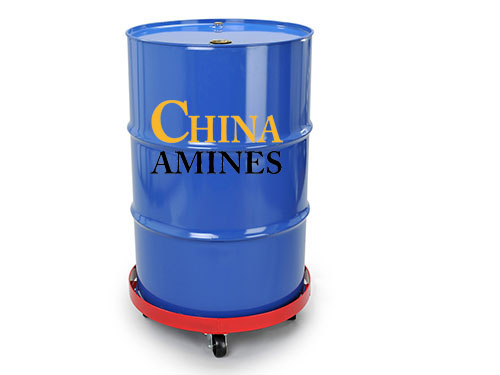1. Chemical Structure and Properties
Molecular Formula: C₈H₈
Structural Formula:
A monosubstituted benzene derivative with a vinyl group (-CH=CH₂) attached to the aromatic ring.
Physical Properties:
Appearance: Clear, colorless to yellowish liquid with a sweet, floral odor.
Boiling Point: 145°C; Density: 0.91 g/cm³; Vapor Pressure: 5 mmHg at 20°C.
Solubility: Insoluble in water; miscible with most organic solvents (ethanol, acetone, ether).
Chemical Properties:
Polymerization: Undergoes radical or ionic polymerization to form polystyrene (PS) and copolymers (e.g., ABS, SBR).
Oxidation: Reacts with oxygen to form styrene oxide, a carcinogenic epoxide.
Flammability: Highly flammable (flash point: 31°C; autoignition temperature: 490°C).
2. Industrial Applications
Polymers & Plastics:
Polystyrene (PS): Used in packaging (e.g., foam trays), disposable utensils, and insulation materials.
Acrylonitrile Butadiene Styrene (ABS): Key material for automotive parts, electronics housings, and LEGO bricks.
Synthetic Rubber (SBR): Tire manufacturing, conveyor belts, and footwear.
Resins & Coatings:
Unsaturated Polyester Resins (UPR): Composite materials for boats, wind turbine blades, and construction.
Chemical Intermediates:
Styrene Oxide: Precursor for pharmaceuticals, epoxy resins, and surfactants.
3. Safety and Toxicology
Health Hazards:
Acute Exposure:
Inhalation (≥50 ppm): Dizziness, headache, CNS depression (TLV-TWA: 20 ppm).
Skin Contact: Defatting action causes dermatitis; systemic absorption possible.
Ingestion: Moderately toxic (oral LD₅₀ rat: 2,650 mg/kg).
Chronic Effects:
Carcinogenicity: Classified as Group 2A (probable human carcinogen) by IARC due to leukemia risks.
Neurotoxicity: Peripheral neuropathy and memory impairment in occupational settings.
Protection Measures:
PPE: Nitrile gloves, organic vapor respirators, chemical goggles.
Storage: Fireproof containers under inert gas (N₂) to prevent polymerization.
4. Environmental and Regulatory Compliance
Environmental Impact:
VOC Emissions: Major contributor to ground-level ozone and smog.
Aquatic Toxicity: LC₅₀ (fish, 96h): 5–10 mg/L; toxic to aquatic life.
Biodegradability: Slow (OECD 301F:<20% in 28 days); persistent in soil.
Regulatory Frameworks:
EU:
REACH: Restricted in consumer products (Annex XVII); classified Carc. 1B (H350).
USA:
OSHA PEL: 100 ppm (8-hour TWA); EPA: Regulated as a HAP under Clean Air Act.
China:
GB 13690-2009: Classified as Hazardous Chemical (Class 3.2).
Waste Management:
Incineration with VOC scrubbers; adsorption via activated carbon.
5. Case Studies and Application Insights
Case 1: Lightweight Automotive Parts (Tesla, 2023):
Application: ABS-based components reduced vehicle weight by 15%, enhancing EV range.
Innovation: Recycled styrene from end-of-life vehicles integrated into new parts.
Case 2: Sustainable Packaging (Dow Chemical, 2022):
Process: Bio-based styrene derived from plant sugars used in biodegradable foam trays.
Result: 30% lower carbon footprint vs. petroleum-based PS.
Comparative Analysis:
Styrene vs. Polypropylene (PP):
Pros: Higher rigidity and clarity (PS); better impact resistance (ABS).
Cons: Higher flammability and carcinogenicity vs. PP’s lower toxicity.
Specifications:
Styrene is a clear, colorless liquid with a sweet odor, purity ≥99.5%, used primarily in the production of polystyrene plastics, resins, synthetic rubbers, and insulation materials.


